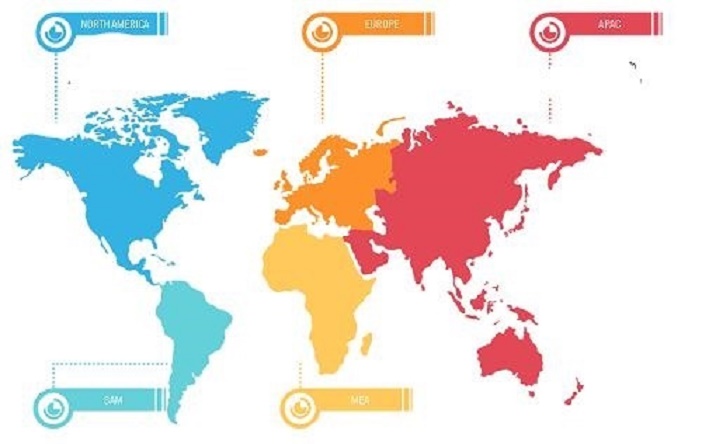In the dynamic world of mobile app development, choosing the right framework is a critical decision that can greatly impact your project’s success. Two prominent options in this space are Flutter, known for its cross-platform capabilities, and native development, which involves creating separate apps for each platform (iOS and Android). In this article, we’ll delve into the pros and cons of both approaches, helping you make an informed decision for your next mobile app project.
Flutter: The Cross-Platform Contender
Pros:
Single Codebase: One of the standout advantages of Flutter is its single codebase approach. Developers can write code once and use it on both iOS and Android, saving time and effort.
Hot Reload: Flutter’s hot reload feature allows real-time code changes, enhancing the development process and speeding up debugging.
Rich Widgets: Flutter offers a wide range of customizable widgets, enabling developers to create visually appealing and consistent UI across platforms.
Community Support: With a growing community and extensive documentation, Flutter is well-supported and provides access to numerous packages and plugins.
Cons:
Large App Size: Flutter apps tend to have a larger file size compared to native apps, which can be a concern, especially for users with limited storage.
Learning Curve: Developers familiar with native languages may require time to adapt to Dart, the language used in Flutter.
Limited Native Features: Some platform-specific features may not be readily available in Flutter and may require additional coding or plugins.
Native Development: The Platform-Centric Approach
Pros:
Optimized Performance: Native apps are known for delivering superior performance and responsiveness, as they are tailored for their respective platforms.
Full Access: Native development provides unrestricted access to platform-specific features, ensuring you can utilize all device capabilities.
Platform Integration: Native apps seamlessly integrate with the respective app stores, offering a familiar user experience.
Existing Knowledge: Developers with expertise in Swift (iOS) and Java/Kotlin (Android) can leverage their existing knowledge.
Cons:
Development Time: Creating separate apps for iOS and Android requires more development time and effort.
Higher Costs: Building and maintaining two separate codebases often results in higher development costs.
Synchronization Challenges: Keeping feature parity between iOS and Android versions can be challenging, leading to potential inconsistencies.
Making the Right Choice
The decision between Flutter app development and native development ultimately hinges on your project’s specific requirements and constraints. Flutter excels in scenarios where time-to-market, code reusability, and a visually consistent UI are top priorities. On the other hand, native development is an ideal choice for applications demanding top-tier performance and full access to platform-specific features.
In many cases, a hybrid approach can also be considered. This involves building core features in Flutter and integrating platform-specific elements in native code. It offers a compromise between development efficiency and performance optimization.
To make the right choice, evaluate your project’s goals, resources, and technical requirements. Consider collaborating with experienced developers or a mobile app development company to ensure a successful app that meets your users’ expectations and platform preferences. Whether you opt for Flutter, native development, or a hybrid approach, your decision should align with your project’s unique needs.




